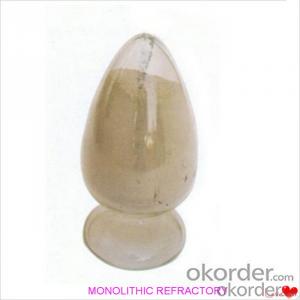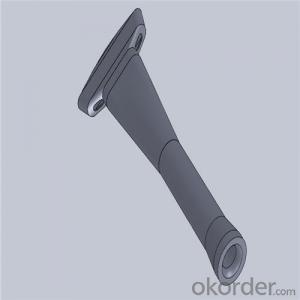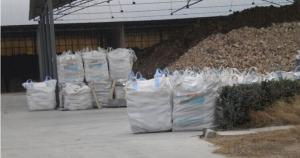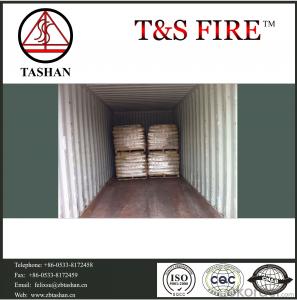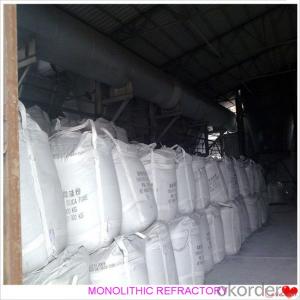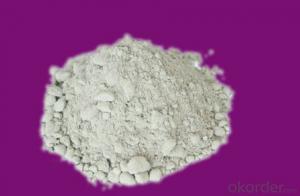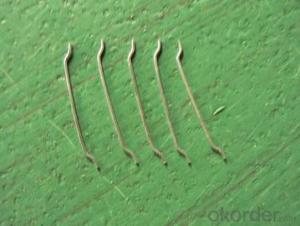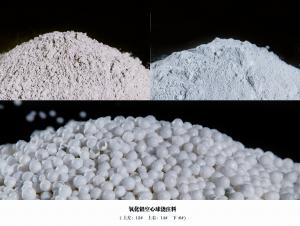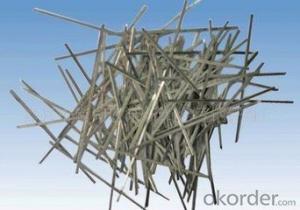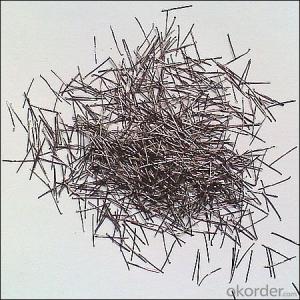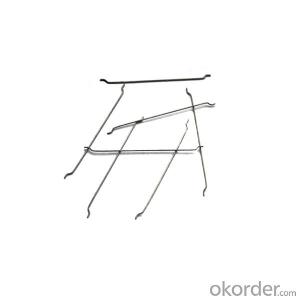All Categories
- - Steel Wire Rod
- - Steel Coils
- - Steel Profiles
- - Steel Pipes
- - Stainless Steel
- - Tinplate
- - Special Steel
- - Steel Sheets
- - Steel Rebars
- - Steel Strips
- - Hot Rolled Steel
- - Cold Rolled Steel
- - Pre-painted Steel
- - Seamless Steel Pipe
- - Welded Steel Pipe
- - Hollow Steel Tubes
- - Galvanized Pipe
- - Stainless Steel Coil
- - Stainless Steel Sheet
- - Stainless Steel Plate
- - Stainless Steel Strips
- - Electrolytic Tinplate Coil
- - Electrolytic Tinplate Sheet
- - Stainless Steel Rebars
- - Solar Panels
- - Solar Water Heater
- - Solar Related Products
- - Solar Inverter
- - Solar Cells
- - Solar Light
- - Solar Energy Systems
- - Solar Controllers
- - Solar Mounting System
- - Solar Pump
- - Solar Chargers
- - Fiberglass Chopped Strand
- - Fiberglass Mesh Cloth
- - Composite Pipes
- - FRP Pultrusion Profiles
- - Fiberglass Mat Tissue
- - Fiberglass Fabrics
- - Fiberglass Mesh
- - Composite Tank
- - Fiberglass Mesh tape
- - Polymer
- - FRP Roofing Panel
- - Fiberglass Roving
- - Monolithic Refractories
- - Ceramic Fiber Products
- - Refractory Bricks
- - Raw Materials For Refractory
- - Suspended Platform
- - Cranes
- - Concrete Machinery
- - Earthmoving Machinery
- - Building Hoist
- - Road Building Machinery
- - Plastic Pipe Fittings
- - Plastic Tubes
- - Plastic Sheets
- - Agricultural Plastic Products
- - Plastic Nets
Q & A
How do monolithic refractories perform in smelting applications?
Monolithic refractories perform exceptionally well in smelting applications due to their superior thermal shock resistance and high temperature stability. They can withstand extreme temperatures and harsh conditions, ensuring prolonged service life and minimal maintenance requirements. Additionally, their versatility allows for easy installation and repair, making them an ideal choice for smelting processes.
How do monolithic refractories contribute to reducing waste in industrial operations?
Monolithic refractories contribute to reducing waste in industrial operations by their ability to withstand high temperatures and resist corrosion, thus extending the lifespan of equipment and reducing the need for frequent replacements. This leads to a decrease in waste generation from discarded refractories, as well as a reduction in overall waste production and disposal costs.
What are the key differences between monolithic refractories and ceramic fiber products?
Monolithic refractories are solid, dense materials made from a mixture of aggregates, binders, and additives, while ceramic fiber products are lightweight and flexible materials composed of ceramic fibers.
The key differences between these two types of refractories lie in their physical properties and applications. Monolithic refractories are known for their high density, strength, and resistance to thermal shock, making them suitable for heavy-duty applications such as lining furnaces, boilers, and kilns.
On the other hand, ceramic fiber products offer excellent insulation properties, low thermal conductivity, and high-temperature resistance. They are mainly used for insulation purposes in applications like kiln linings, pipe insulation, and expansion joints.
Additionally, while monolithic refractories are typically installed as a single, solid piece, ceramic fiber products are available in various forms such as blankets, boards, modules, and papers, providing flexibility in design and installation.
Overall, monolithic refractories are preferred for their mechanical strength and durability, whereas ceramic fiber products are chosen for their insulation capabilities and versatility.
Can monolithic refractories be used in the glass industry?
Yes, monolithic refractories can be used in the glass industry. Monolithic refractories are versatile and can withstand high temperatures, making them suitable for various applications in the glass industry, such as furnace linings, crown and throat constructions, and glass tank superstructures. They offer excellent thermal shock resistance and can be easily installed, repaired, and upgraded. Moreover, monolithic refractories provide energy efficiency and cost-effectiveness in glass manufacturing processes.
How do monolithic refractories handle thermal expansion?
Monolithic refractories handle thermal expansion by having a high thermal shock resistance and low thermal conductivity, allowing them to withstand the stress caused by temperature changes without cracking or breaking. Additionally, they are designed to have a certain amount of flexibility, enabling them to expand and contract with minimal damage.
Wholesale Monolithic Refractories from supplier in Malawi
Our team of experts is dedicated to delivering superior customer service and technical assistance. We understand the unique challenges and demands of the Malawi market, and we strive to provide solutions that meet your specific requirements. With our efficient supply chain and strong relationships with leading manufacturers, we can ensure timely delivery of high-quality Monolithic Refractories products to your doorstep.
In addition to our product offerings, we also provide comprehensive sales and technical support services. Our team of experienced professionals is available to assist you with any inquiries, provide detailed quotations, and offer expert advice on product selection and application.
At CNBM Malawi, we are committed to building long-term partnerships with our clients, based on trust, reliability, and mutual success. We believe in delivering value and exceeding customer expectations. Contact us today to discuss your Monolithic Refractories needs in Malawi and experience the CNBM difference.
In addition to our product offerings, we also provide comprehensive sales and technical support services. Our team of experienced professionals is available to assist you with any inquiries, provide detailed quotations, and offer expert advice on product selection and application.
At CNBM Malawi, we are committed to building long-term partnerships with our clients, based on trust, reliability, and mutual success. We believe in delivering value and exceeding customer expectations. Contact us today to discuss your Monolithic Refractories needs in Malawi and experience the CNBM difference.
Hot Search
- Monolithic Refractories in Afghanistan
- Ceramic Fiber Products in Nicaragua
- Refractory Bricks in Mauritania
- Raw Materials For Refractory in Belgium
- Monolithic Refractories in Papua New Guinea
- Raw Materials For Refractory in Vanuatu
- Monolithic Refractories in Iraq
- Refractory Bricks in Malta
- Ceramic Fiber Products in Armenia
- Monolithic Refractories in Angola

